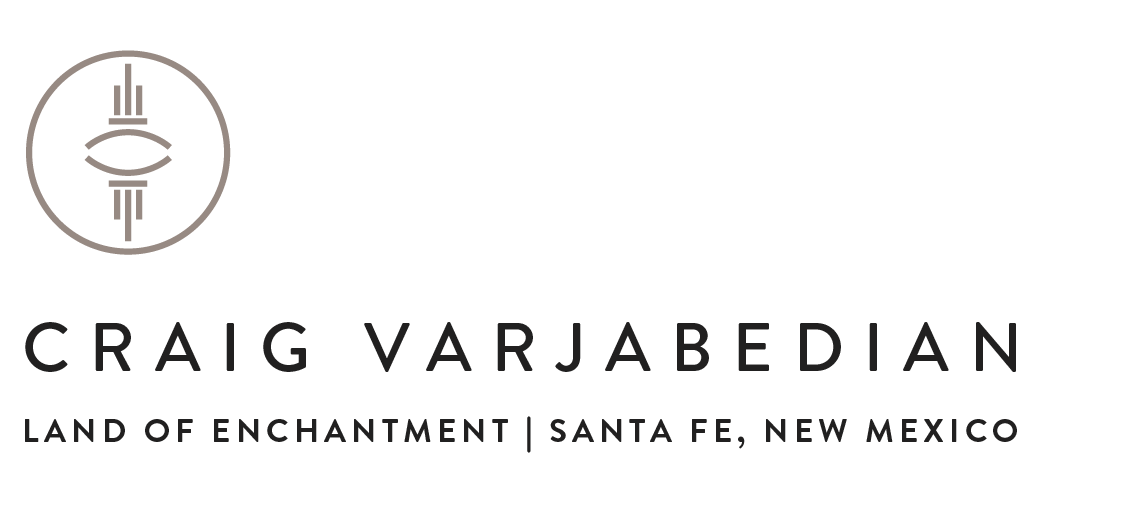On Teaching Photography: A Manifesto
Teaching is one of the greatest experiences of my life. Next to making photographs and spending time with my family (not necessarily in that order), sharing what I have learned after making thousands of photographs is a great joy in my life. "By teaching others you will learn yourself,” the Armenian spiritual teacher Georges Gurdjieff once said. I think he was right. The number of things I have learned through teaching over the years could stun a bull in its tracks. It truly amazes me.
It seems to me that effective teaching is a kind of intricately choreographed dance between the teacher and the student. The teacher needs to figure out what the student needs which changes as the student and teacher get to know each other and trust develops and the student progresses. The student needs to be available and ready to learn what the teacher has to offer. It is an awesome responsibility for both teacher and student.
Several months back I was challenged to put down on paper a manifesto; a philosophy of sorts of how I believe it is best to teach people to make good photographs. What follows is an excerpt from “my manifesto.” I invite your comments. You can download the entire 2-page essay at the end of this post.
ON TEACHING PHOTOGRAPHY: A Manifesto by Craig Varjabedian
To take a photograph means to recognize—simultaneously and within a fraction of a second—both the fact itself and the rigorous organization of visually perceived forms that give it meaning. It is putting one’s head, one’s eye, and one’s heart on the same axis. — Henri Cartier-Bresson
Effective teaching is more than the collecting and sharing of facts, figures, and techniques. It is an ongoing, dynamic dialogue between student and teacher, a collaborative exchange of ideas. My goal as a teacher is to help students discover a more thoughtful way to create and to find their own unique and authentic voices.
I begin the process by teaching students to use the tools of photography. These include the camera, the computer and its associated software, and the traditional wet darkroom. Once the student has some facility with the fundamentals, the bigger questions of image making arise: “Where do I point the camera?” and “How do I make a photograph that expresses what I am seeing and feeling?” and finally “How do I create an object (a physical print or perhaps some other electronic form) that allows me to express the experience I had when I made the image?” [more]
Click to download a pdf of "On Teaching Photography: A Manifesto"


